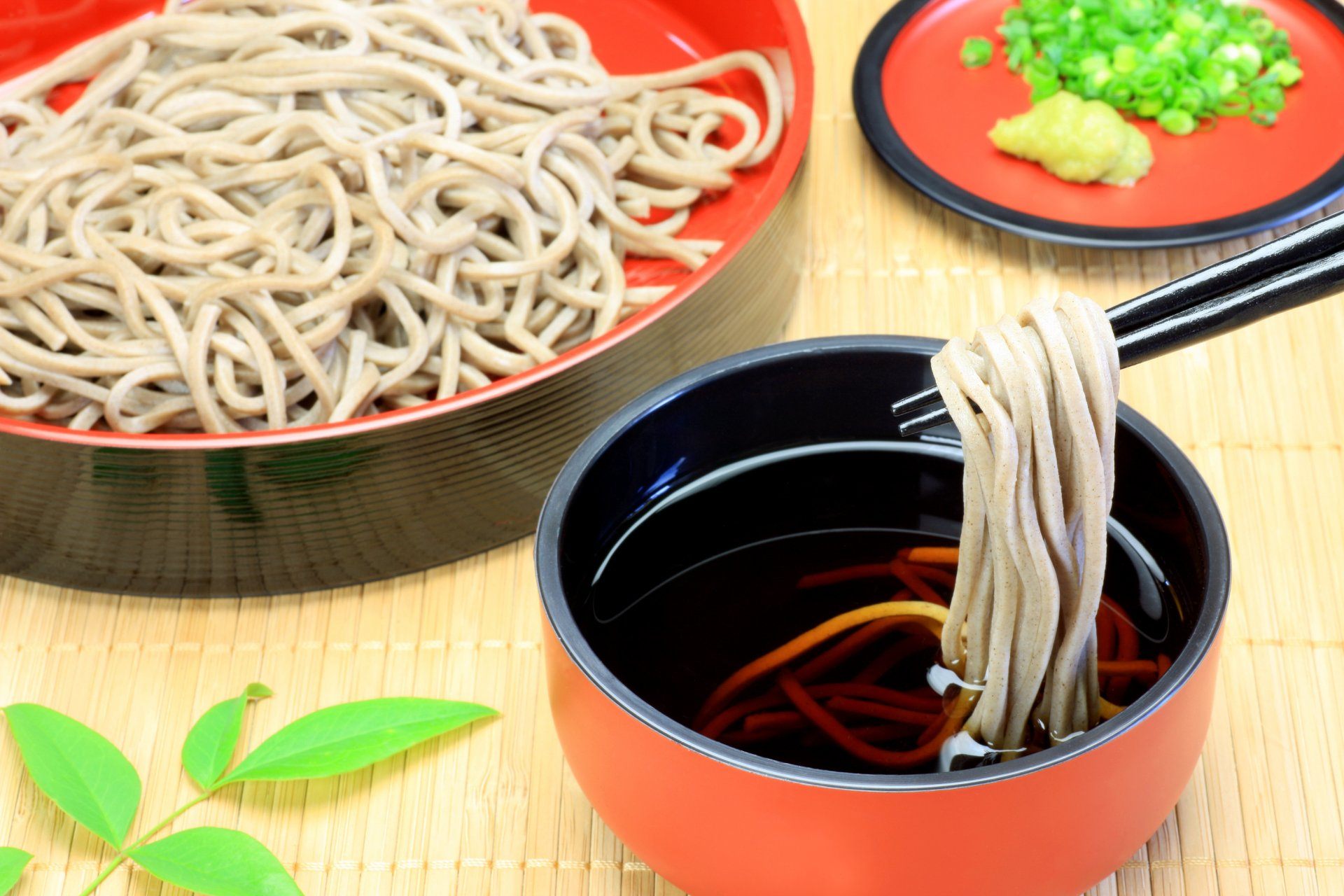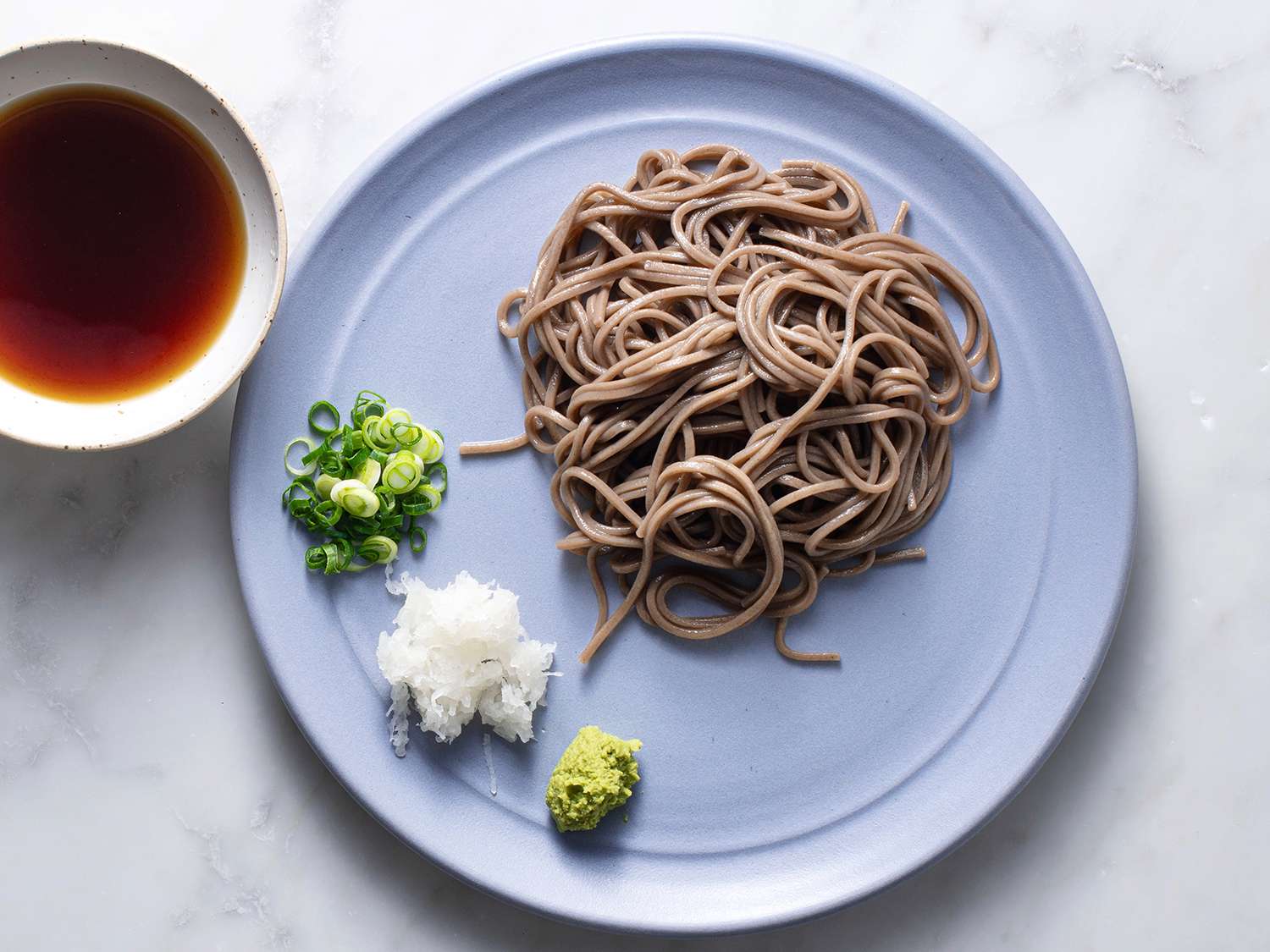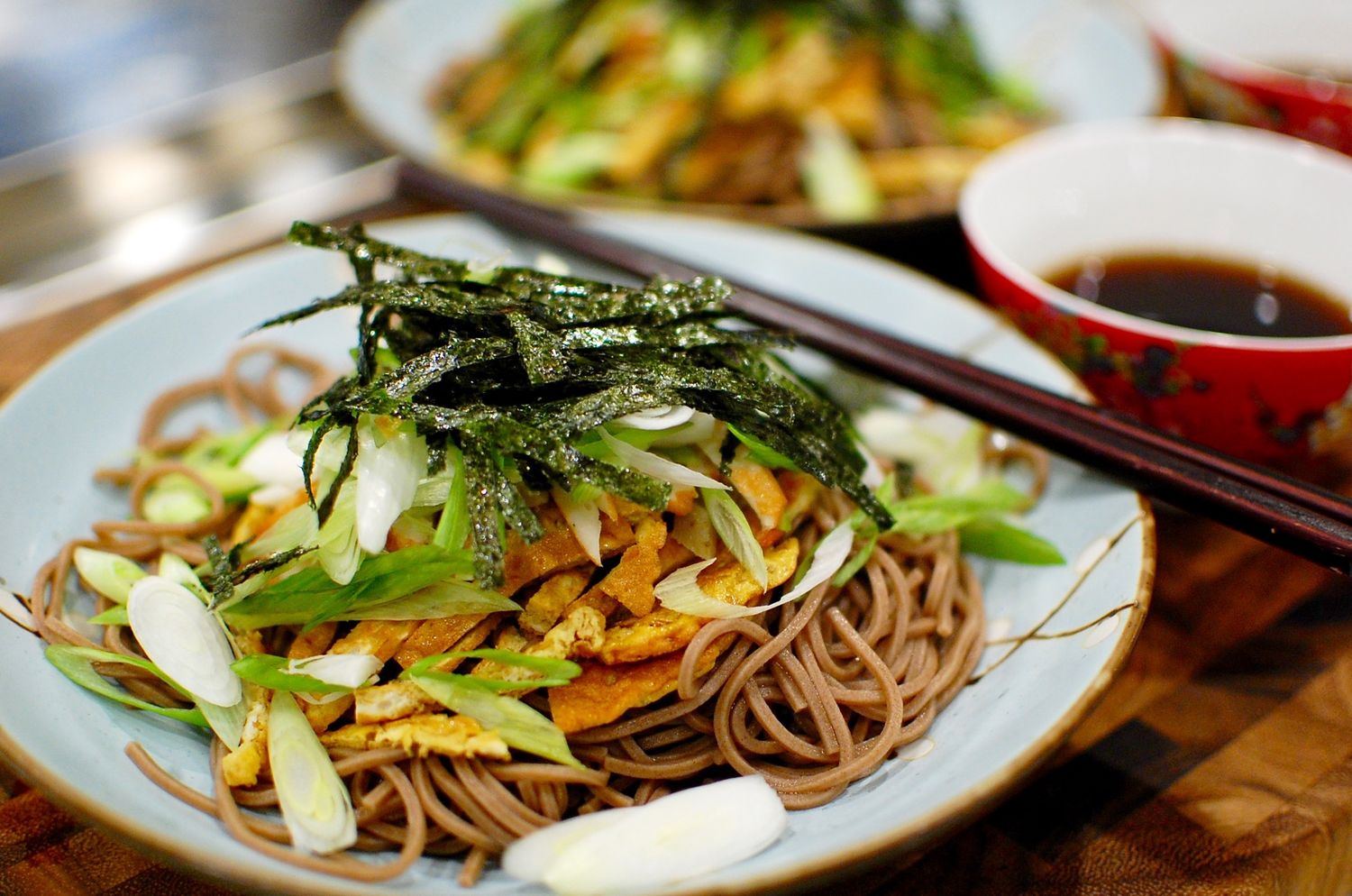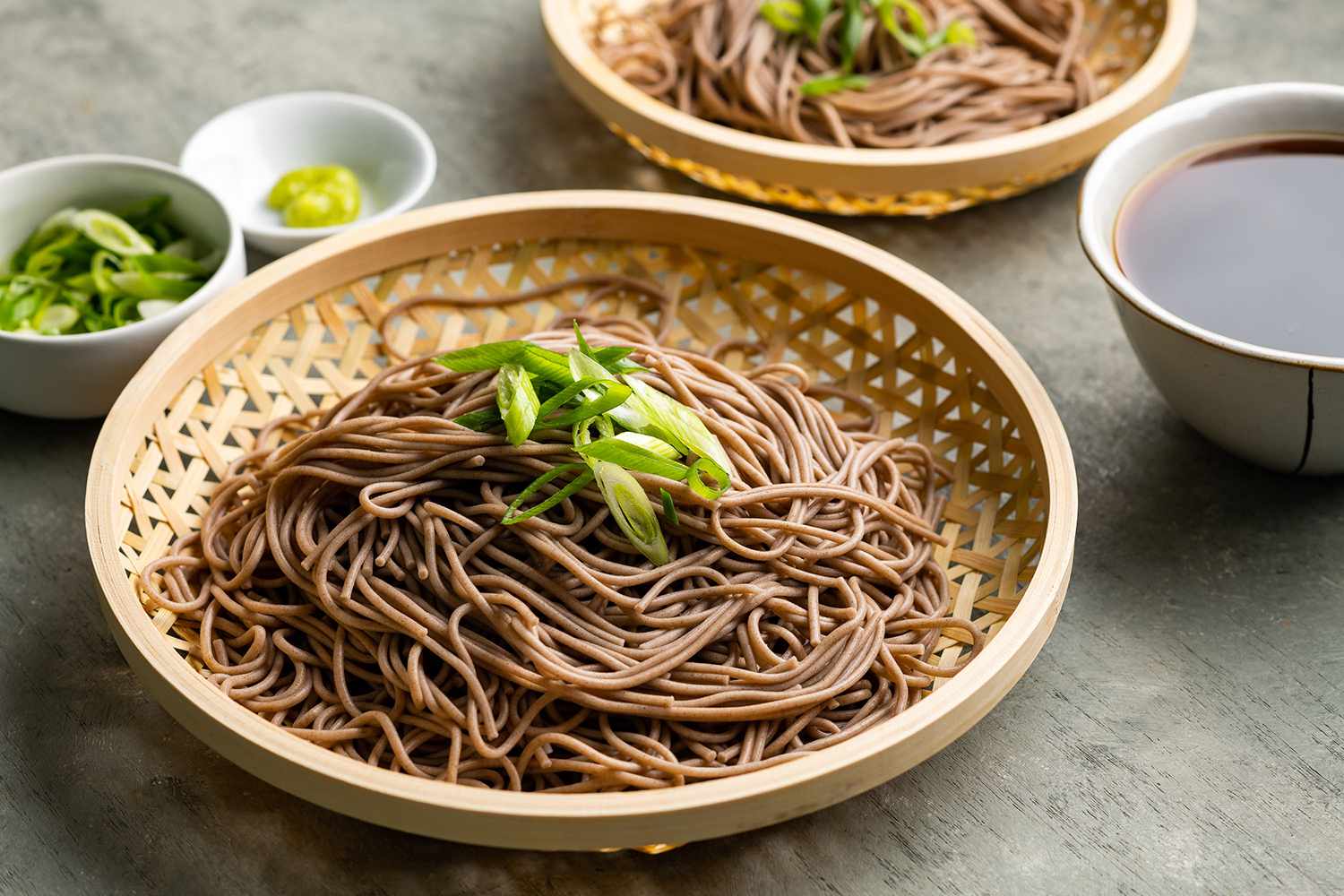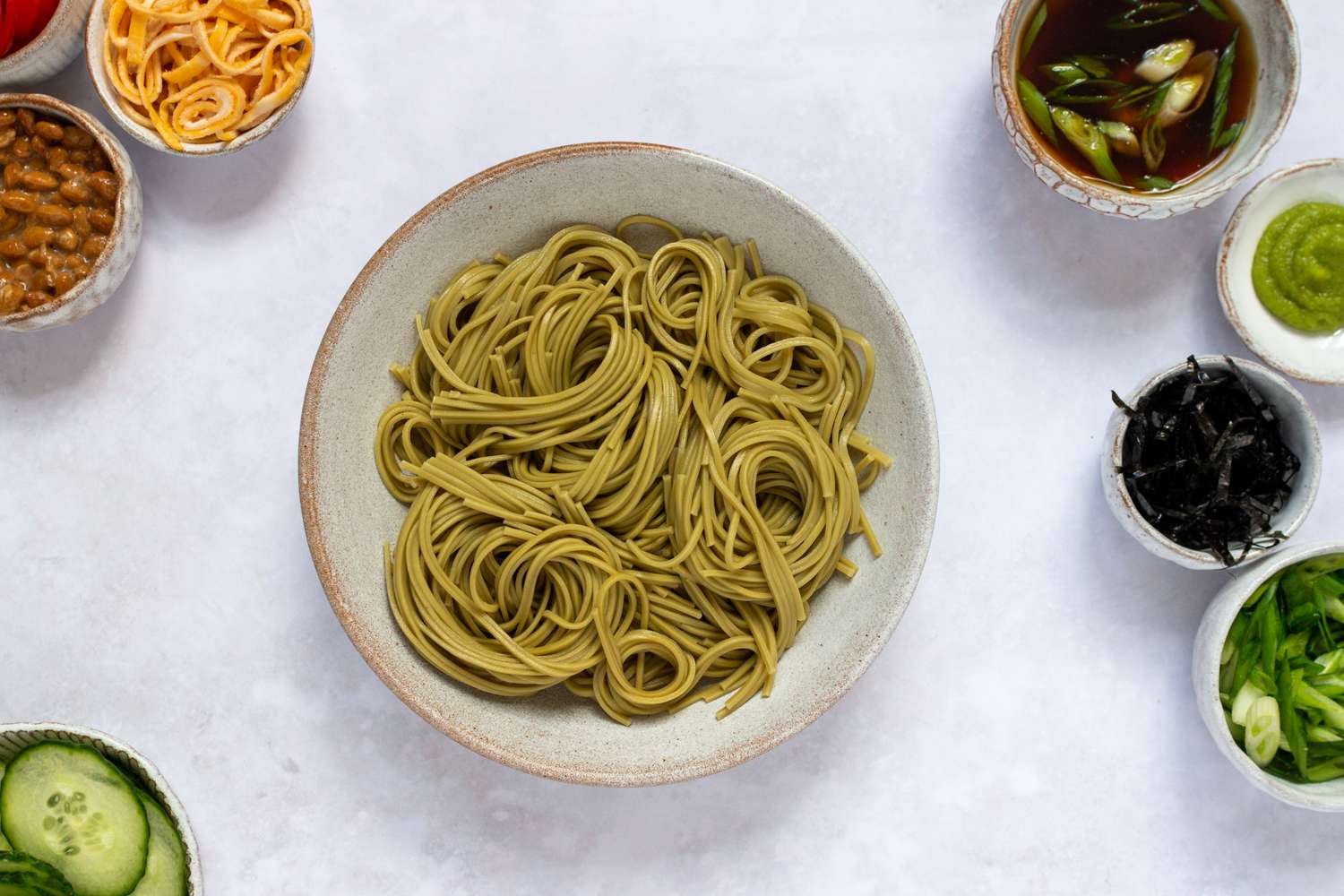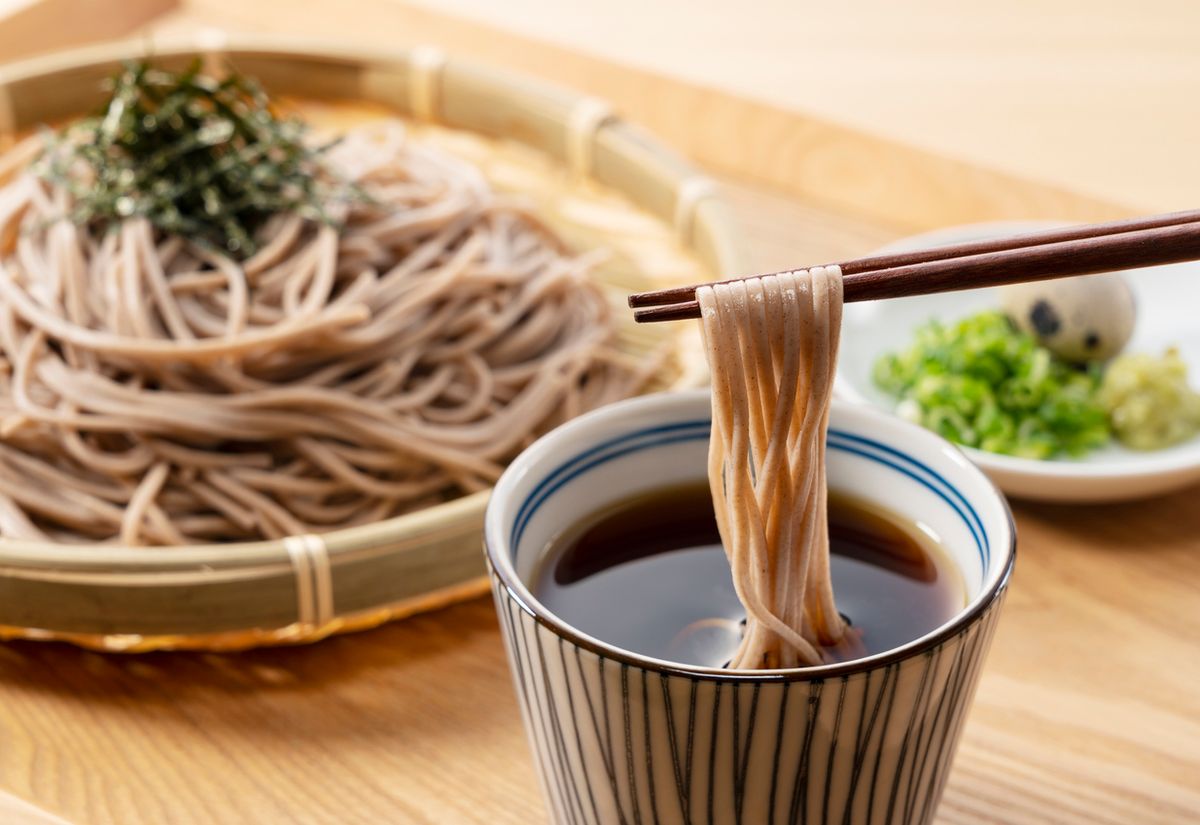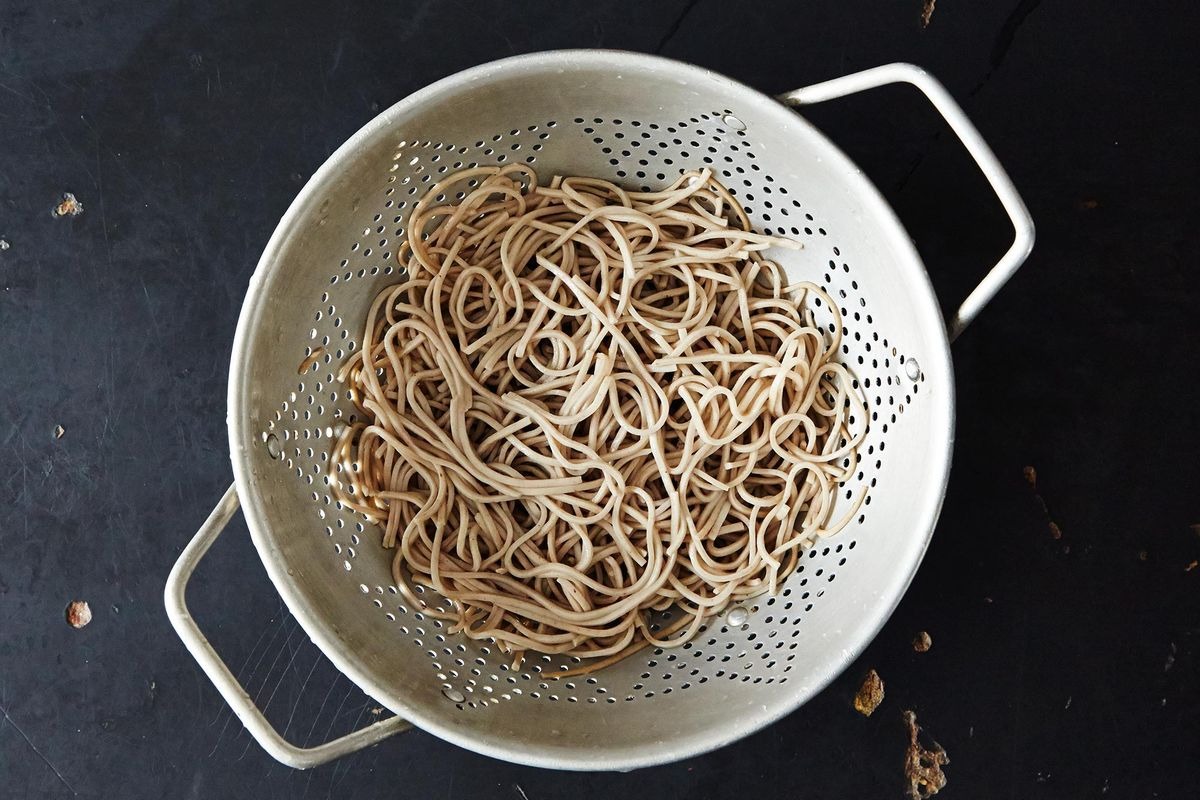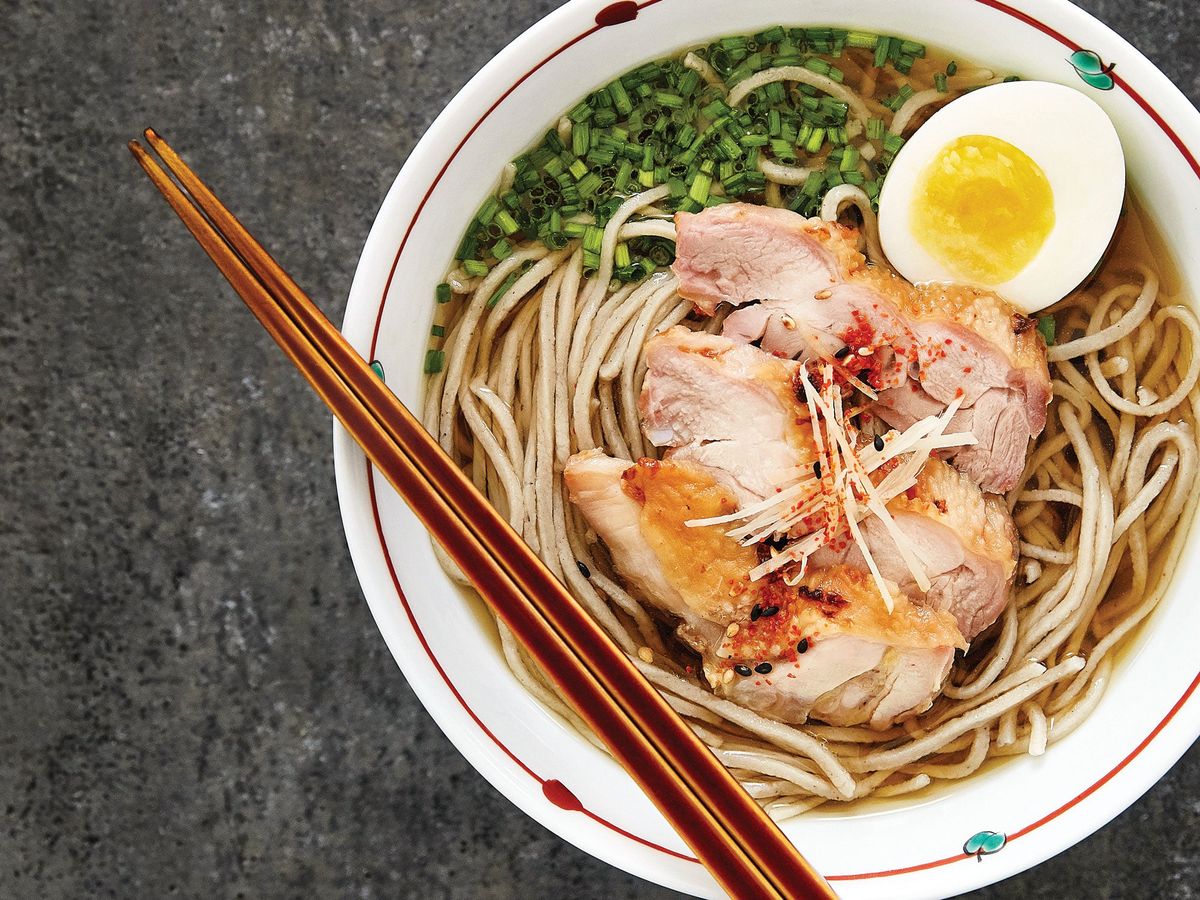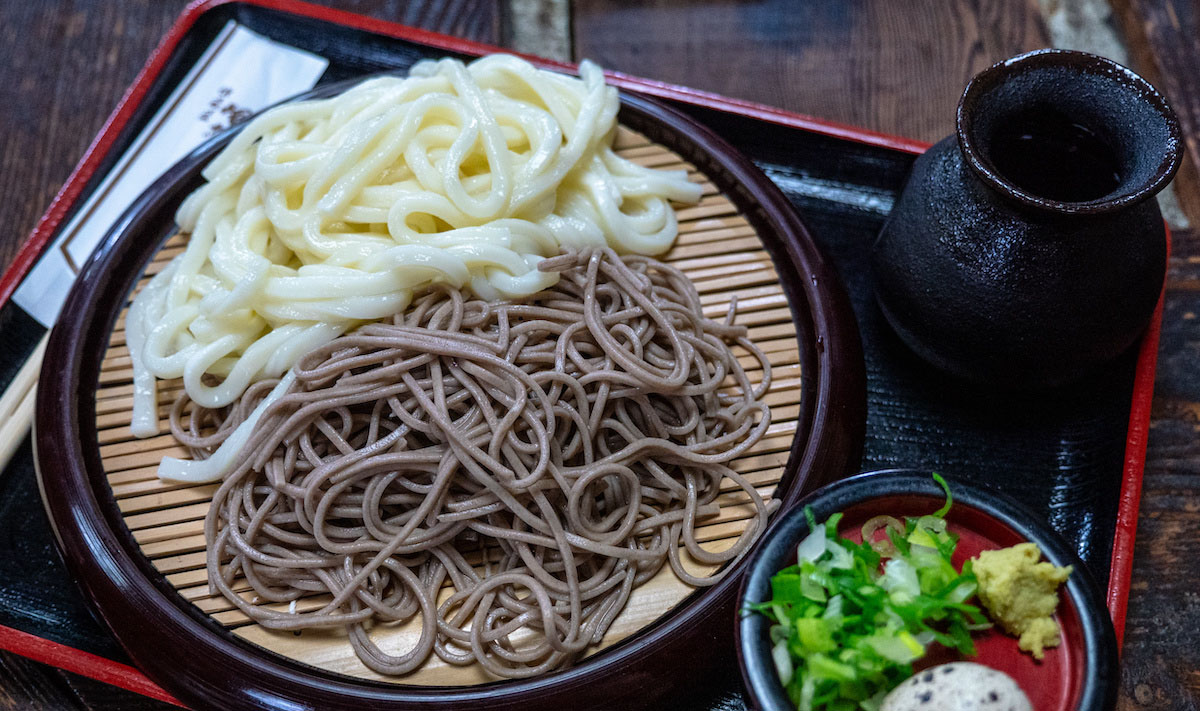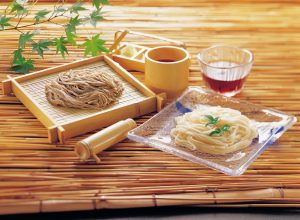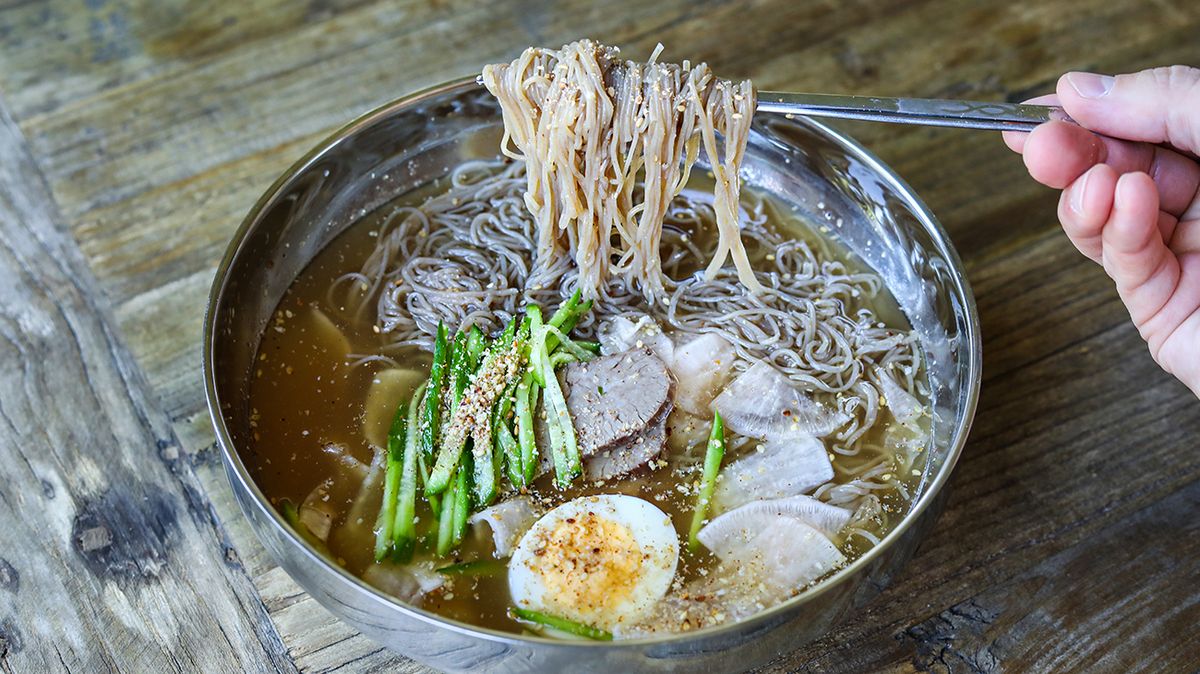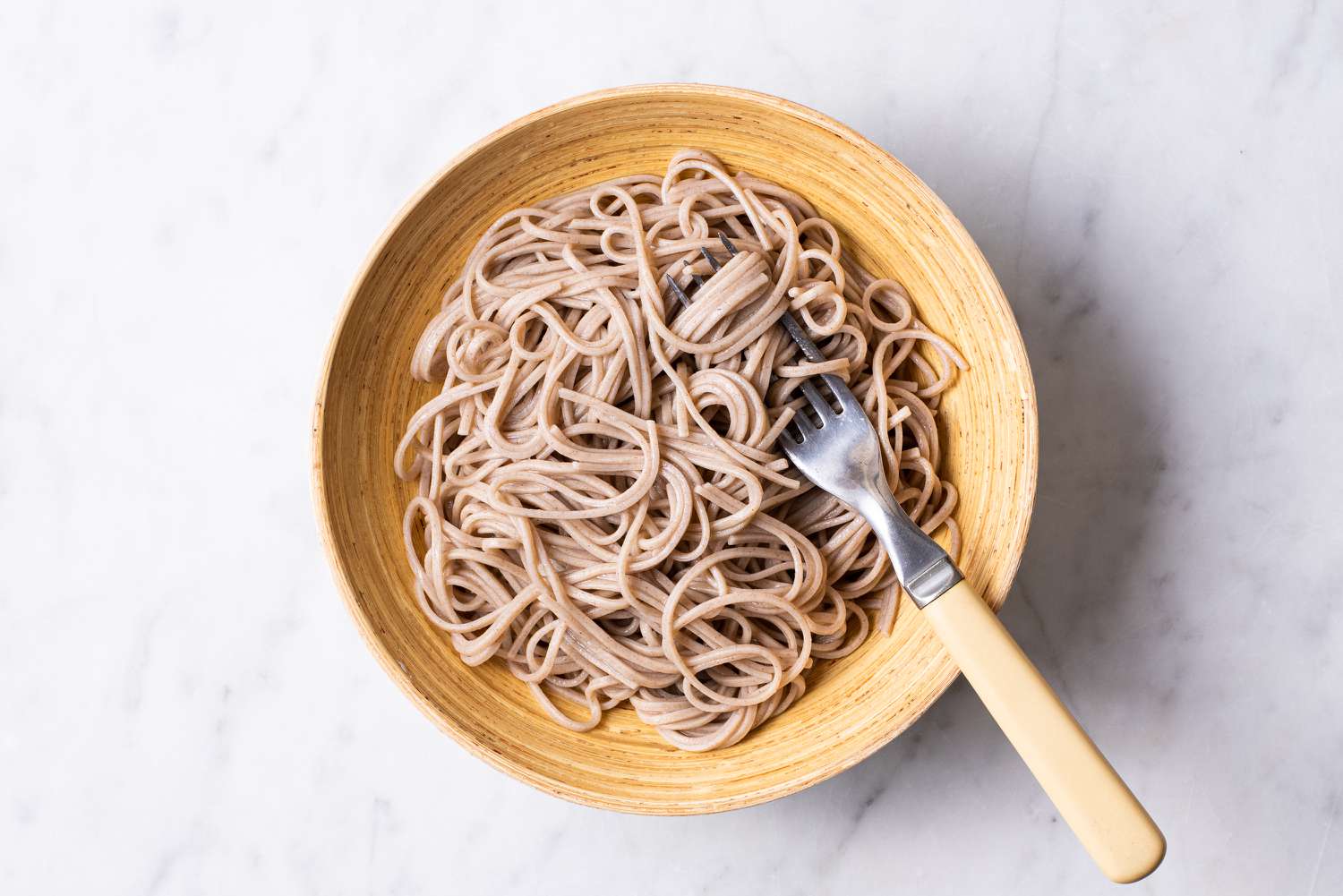When it comes to enjoying a refreshing and satisfying meal, cold soba with dipping sauce is a delightful choice. This traditional Japanese dish features chilled buckwheat noodles served with a flavorful dipping sauce, making it a perfect option for warm weather or any time you're craving a light and tasty meal. If you're new to cold soba or simply want to learn more about how to eat it with dipping sauce, you've come to the right place. In this guide, we'll explore the best way to savor this delicious dish.
What You'll Need
Before we dive into the steps for enjoying cold soba with dipping sauce, let's take a look at what you'll need to prepare and enjoy this delightful meal:
- Cold Soba Noodles: These thin, chewy noodles are made from buckwheat flour and are typically served chilled.
- Dipping Sauce: The dipping sauce, known as "tsuyu," is a savory combination of soy sauce, mirin, and dashi, a Japanese fish stock.
- Toppings (Optional): While not essential, you can enhance your cold soba experience with toppings such as sliced green onions, grated daikon radish, or shredded nori seaweed.
Step-by-Step Guide to Enjoying Cold Soba with Dipping Sauce
Now that you have your ingredients ready, let's walk through the steps for savoring cold soba with dipping sauce:
-
Cook the Soba Noodles: Start by cooking the soba noodles according to the package instructions. Once they are tender, drain them and rinse under cold water to chill them thoroughly. Some people also like to briefly soak the noodles in ice water to ensure they are cold and refreshing.
-
Prepare the Dipping Sauce: In a small bowl, mix together the soy sauce, mirin, and dashi to create the dipping sauce. Adjust the proportions to suit your taste preferences, adding more mirin for sweetness or soy sauce for a saltier flavor.
-
Serve and Enjoy: Once the soba noodles are chilled and the dipping sauce is ready, it's time to enjoy your meal. Place the dipping sauce in a small dish and the chilled soba noodles on a plate or bamboo mat. If you're using any toppings, such as green onions or grated daikon radish, arrange them on a separate plate for easy access.
-
Dip and Slurp: To eat the cold soba with dipping sauce, take a small bundle of noodles and dip them into the sauce. Lift the noodles out of the sauce and slurp them up, savoring the combination of flavors and textures. Feel free to add toppings to each bite for an extra burst of flavor.
-
Repeat and Enjoy: Continue dipping and slurping the soba noodles, savoring the refreshing taste of the chilled noodles and the savory notes of the dipping sauce. Take your time to enjoy each bite, and don't be afraid to experiment with different combinations of noodles and toppings.
Tips for Enhancing Your Cold Soba Experience
To make the most of your cold soba with dipping sauce, consider the following tips for enhancing your dining experience:
-
Pair with a Refreshing Beverage: Cold soba pairs well with a variety of beverages, including green tea, chilled sake, or even a light lager. Choose a drink that complements the flavors of the dish and enhances your overall enjoyment.
-
Experiment with Toppings: While traditional toppings like green onions and grated daikon radish are popular choices, don't be afraid to get creative with your toppings. Try adding shredded nori seaweed, sesame seeds, or even a sprinkle of shichimi togarashi, a Japanese spice blend, for a unique twist.
-
Enjoy the Texture: One of the pleasures of eating cold soba is the satisfying texture of the chewy noodles. Take the time to appreciate the texture as you slurp up each bite, savoring the contrast between the cool noodles and the savory dipping sauce.
In Conclusion
Eating cold soba with dipping sauce is a delightful culinary experience that offers a refreshing and satisfying meal. By following these simple steps and tips, you can savor the flavors and textures of this traditional Japanese dish. Whether you're enjoying it on a warm summer day or simply craving a light and tasty meal, cold soba with dipping sauce is sure to become a favorite in your culinary repertoire. So, gather your ingredients, prepare your dipping sauce, and get ready to enjoy a delicious and satisfying meal of cold soba with dipping sauce.
